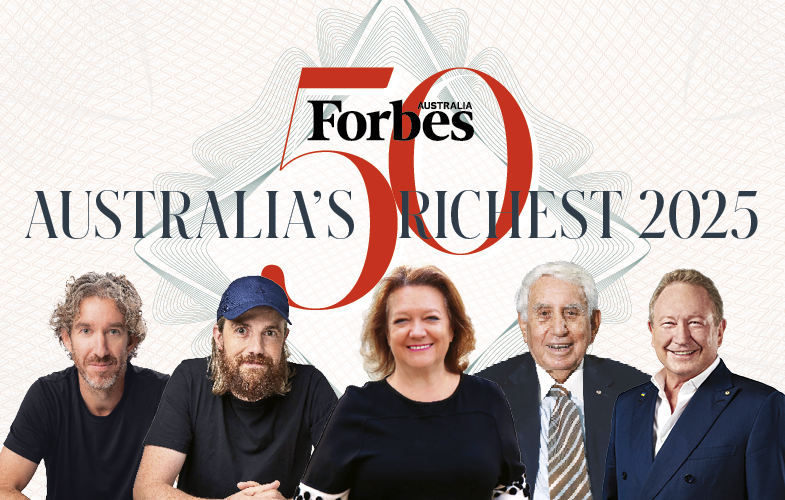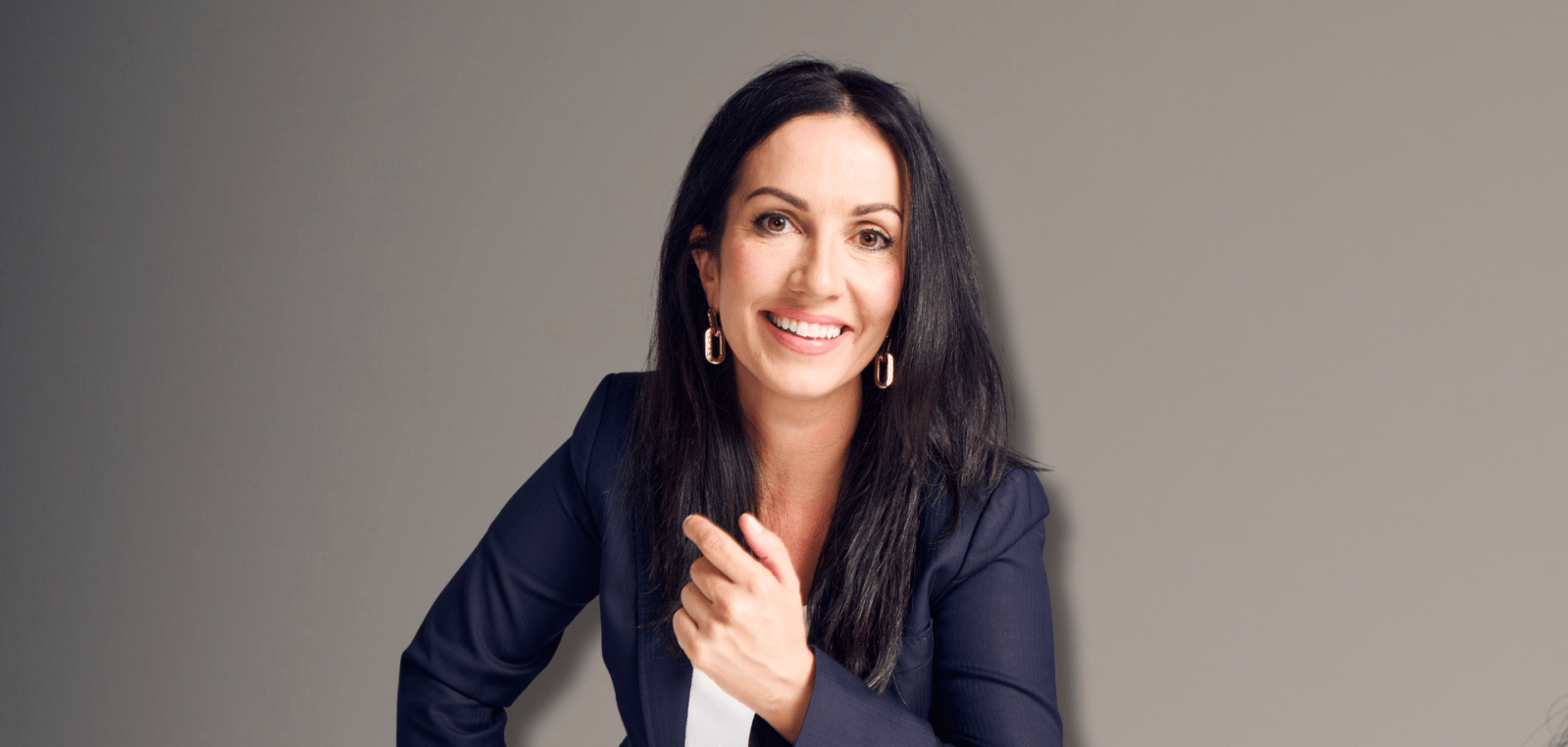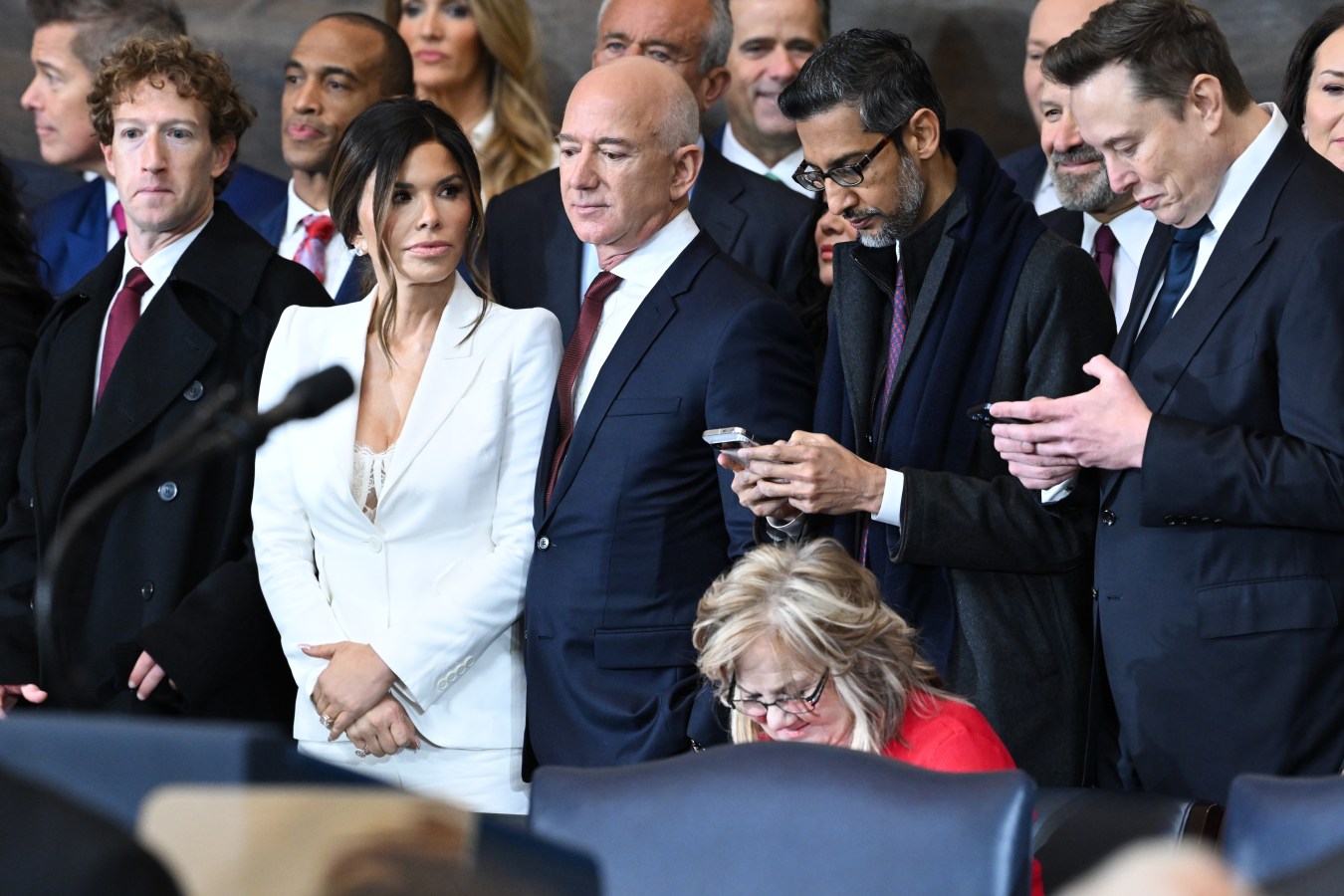Rinehart has once again taken the cake as Australia’s richest person. Hancock Prospecting, which Rinehart leads as executive chairman, was founded by her parents Lang and Hope Hancock in 1955. Seven decades later, the company is doubling down on natural gas, experimenting with robotics and AI, and pushing back against governmental red tape, regulations, and ideology.
This story featured in Issue 15 of Forbes Australia. Tap here to secure your copy.

It has been 70 years since Lang and Hope Hancock founded their eponymous prospecting firm. Gina Rinehart stepped in as executive chairman in 1992 after her father’s death and has since built Hancock Prospecting into Australia’s most successful private company. Asked about the next 30 years, the mining magnate says she would like the company to grow and expand in Australia, but regulations, red tape and ideological policies are holding the nation back.
Regarding her legacy, the 70-year-old says she most wants to be remembered for advocating for the mining and agricultural sectors. Hancock made a record $5.6 billion in profit in the 2024 financial year, mainly off the back of the Roy Hill mining operation in the Pilbara region of Western Australia.
A substantial portion of the 64 million tons of iron ore from Roy Hill last year will be shipped to Japan, South Korea and Taiwan.
In November, Hancock celebrated the first natural gas flow from the Senex Energy facility in Queensland, which was said to be able to provide around 10% of the gas needs of Australia’s East Coast. Hancock’s agricultural division did not fare as well over the last year. S Kidman and Co acquired iconic Australian brands Drizabone and Rossi, yet suffered from declining revenue amid a dip in cattle prices.
Rinehart also made headlines last year for her association with returning President Donald Trump, joining him at his election victory party in Florida and at the Presidential inauguration in Washington DC.
Also in attendance with Australia’s richest person at the party was the world’s richest person – Elon Musk.
How do you see Hancock evolving over the next 30 years?
We would like to see Hancock continue to grow and expand in Australia; however, we are facing growing challenges put in the way by our governments, which are making investing in Australia increasingly difficult. According to the Minerals Council of Australia, some 80 per cent of major resources projects on the major projects pipeline list will not proceed. This is the effect of ever-increasing government red tape, regulations, and ideological policies – devoid of considering the standards of living of Australians. Excess government wastage and spending keep taxes high and contribute to making investing in our country increasingly unattractive. Australia is not the only country in the world with natural resources; the USA under President Trump, and Argentina, under Milei, are rolling out sound policies and offering to significantly cut government red tape, regulations and taxes to attract investment. Those projects will increase living standards in their countries but further disincentivise investment in Australia.
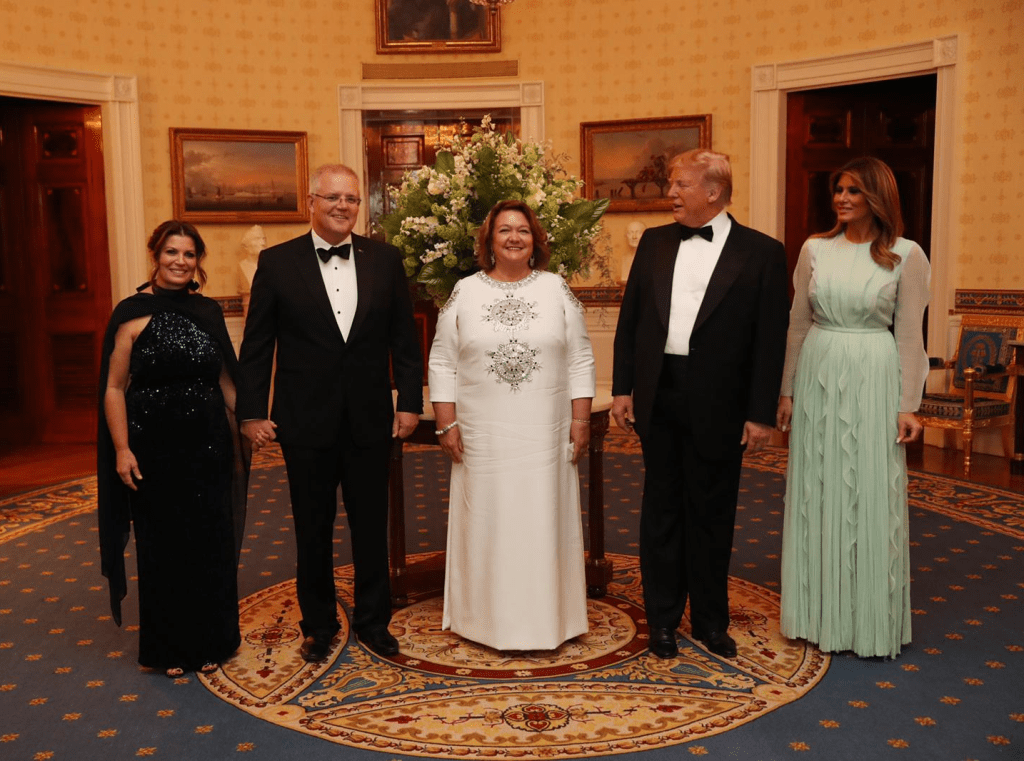
The announcement on Dec 16th by President Trump – and the chairman of a significant Japanese company – that the chairman’s company would invest US$100 billion-plus in the USA should be a wake-up call to Australians.
A wake-up call that we are in major competition with the USA, and if we want to stop investment leaving Australia – and the consequent last seven quarters of our declining standard of living – we can’t tinker around a few edges; we need to change.
You have spoken of your support for Donald Trump’s America-first strategy and of Australia instituting an Australia-first policy. Can you expand on what you recommend an Australia-first policy would look like and encompass?
President Trump says it simply, “Make America Great Again”; that’s what we need here, to “Make Australia Great.” It requires our politicians wanting Australians to have the benefit of returning to the “up” path. We should always be asking politicians, do their policies and actions lead Australia along the “up” path or the “down” path?
The “up” path means investment up, living standards up, job opportunities and wages up, reliable energy up and our defence preparedness up. In the last few years, we have experienced the “down” path, with record business failures and multiple management crises (housing, crime increase, government wastage, roads, hospitals and health crises, etc).
To make Australia great, we need to significantly cut government tape and regulations, cut government wastage and reduce government spending, reduce our record debt and be able to reduce our taxes. The three Ts – reduce tape and tax and increase useful technology – would help Australia along this up path to make Australia great.
Your website states Hancock Agriculture is the second-largest beef producer, with a total herd capacity of more than 340,000. What are your plans for the agricultural side of the business in the next five years?
Agriculture is another vital primary industry that suffers from poorly thought-out and damaging government policies. Every bad government policy that impacts our agricultural industry means higher food prices and affects the many businesses and workers who rely upon the agricultural industry.

In the last few years, we have repositioned our cattle herd to focus on the high-end eating qualities of beef rather than mass cattle number production.
This strategy sees us focus more on high-end restaurants and allows us to tailor our herd and focus on inputs that ensure some of the best products in the world. We have made significant investments in animal welfare – such as shading to help keep water cooler and cleaner for cattle and their kidneys – which in turn keeps them happier and healthier, and, commercially they grow faster. We also have feed programs at our feedlots crafted by animal nutritionists to ensure healthy diets and moderated – not fast growth rates – to create more marbling consistency in the end product.
My focus is the life of the cattle we breed, as little stress for them as possible, wanting cattle to have the best and healthiest life, and helping us deliver some of the best beef in the world. I want to enable the world’s best full-blood Wagyu cattle.
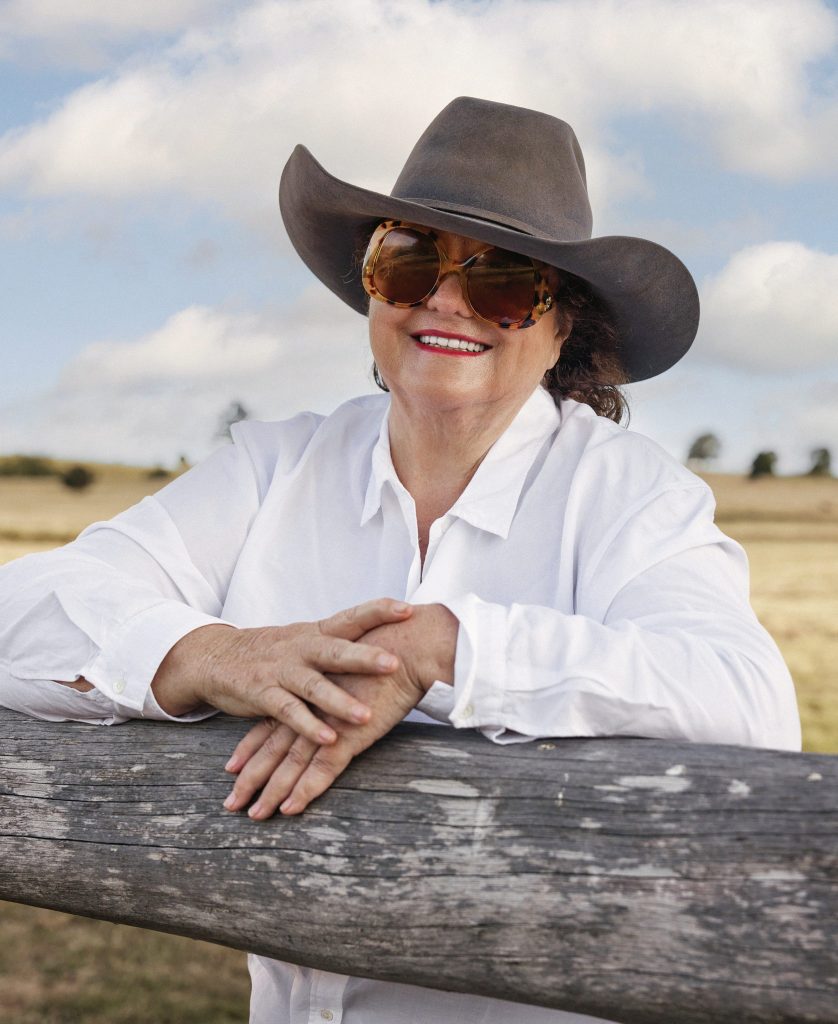
Are you using robotics and AI in Hancock Prospecting operations?
At Roy Hill and Atlas, we are always innovating and using new technology to maintain our record of safe and efficient production. We have used robotics across the business for some time, including for added security on-site and for analysing rock samples. Our automated truck system is also working well. Our advanced AI system called ‘Roybot’ examines many thousands of photos taken regularly along our rail to more quickly detect any abnormalities that could cause expensive derailments. This used to take weeks for humans to do. We are doing something similar for train wheels, saving weeks of monotonous work, and are expanding this year into ball bearings. Using Roybot and AI for these processes will save not only monotonous work and months of human time but also the expense of derailings.
Are you using robotics or AI in Hancock Agriculture operations?
In our agriculture business, we continue to invest in new technologies to work out new ways to do business and help reduce animal stress and improve staff safety. Some of these technologies work well but others still require more development prior to rolling it out in operations.
“We would like to see Hancock continue to grow and expand in Australia; however, we are facing growing challenges put in the way by our governments, which are making investing in Australia increasingly difficult.”
Gina Rinehart
One such investment we made was trialling AI on drones to count cattle in paddocks rather than mustering cattle into yards and physically counting them. It came at a significant financial expense – using highly developed overseas technology on drones and AI programs – and, unfortunately, wasn’t successful. The AI program couldn’t properly count cattle; there was double counting, and it became confused by other animals.
How important is gas to the future of Hancock Prospecting?
Gas is essential to the future of Australia, if we intend on keeping the lights on and our factories producing reliably. If we want to make anything in Australia, we need reliable energy, and we need natural gas.
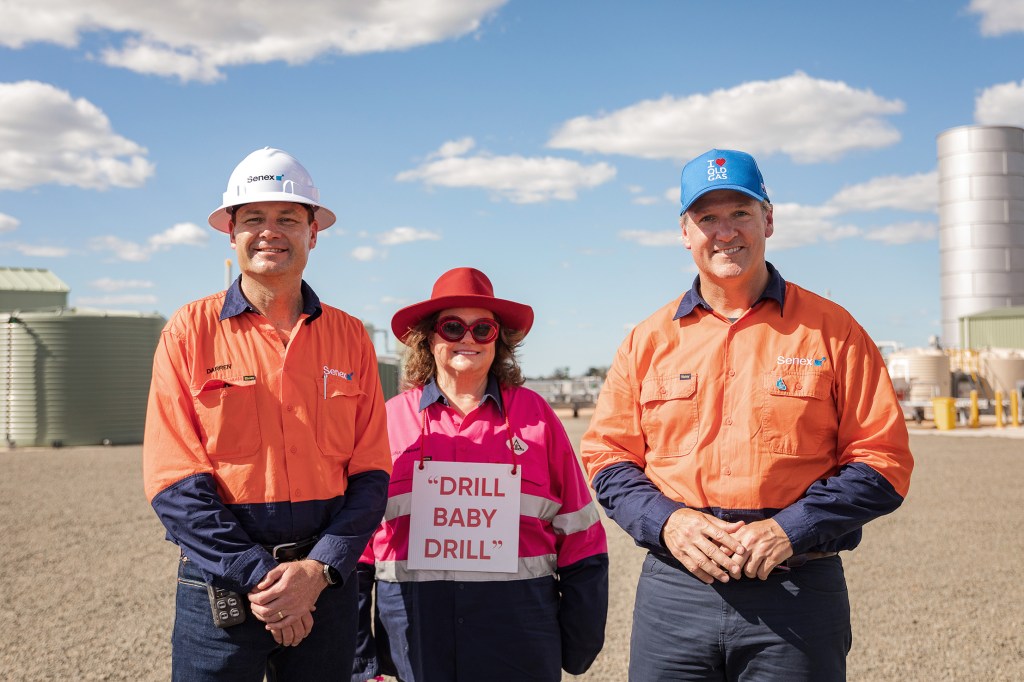
If we want reliable electricity in our homes, hospitals, airports, offices, police stations, shops, schools, sports facilities, etc, we need natural gas. Some would like to see the natural gas and fossil fuels industry shut down. To them, I ask, ‘Which half of the world’s population would you like to stop feeding to achieve this?’ This is not my finding but that of the renowned scientist and author Vaclav Smil.
We need a more rational, common-sense policy when it comes to Australia’s energy security and what it takes to power our country. It simply cannot be done with sunshine and wind alone. Solar efficiency is less than 20% each day, and the sun simply doesn’t always shine on solar panels. Wind power is only a little more reliable, around 33%, and requires billions of investment in new transmission lines.
What is your view on renewable energy sources?
If we want reliable electricity available 24 hours a day – not dependent on daylight or the weather – then we simply must have natural gas, or natural gas and hydro if available. Where the natural gas and hydro supply is inadequate, coal, oil, and nuclear are needed. Renewable electricity is not actually ‘renewable’ because it is made from minerals and metals that have to be mined from the earth and which do not ‘renew’ themselves but have to be found and extracted. Government investment in ‘renewables’ has led to 4 things: less energy security, much higher electricity prices, and huge agricultural and environmental damage. It’s time we had some more common sense and got back to reliable, always-available electricity in Australia.
Thoughts on Trump’s first week?
In the first week of President Trump assuming the Presidency, a world record investment inflow was achieved, this approximately $1 trillion of new investment being after the USA withdrew from the Paris Accord and before the tax cuts were able to be introduced and passed by Congress. On Fri Jan 31st, President Trump told me that the $1 trillion record had been superseded, he estimated between $3 and $4 trillion of new investment since he assumed office! This incredible world record shows quite clearly that President Trump’s policies to “Make America Great Again”, starting with the withdrawal from the bureaucracy intense Paris Accord, are working.


